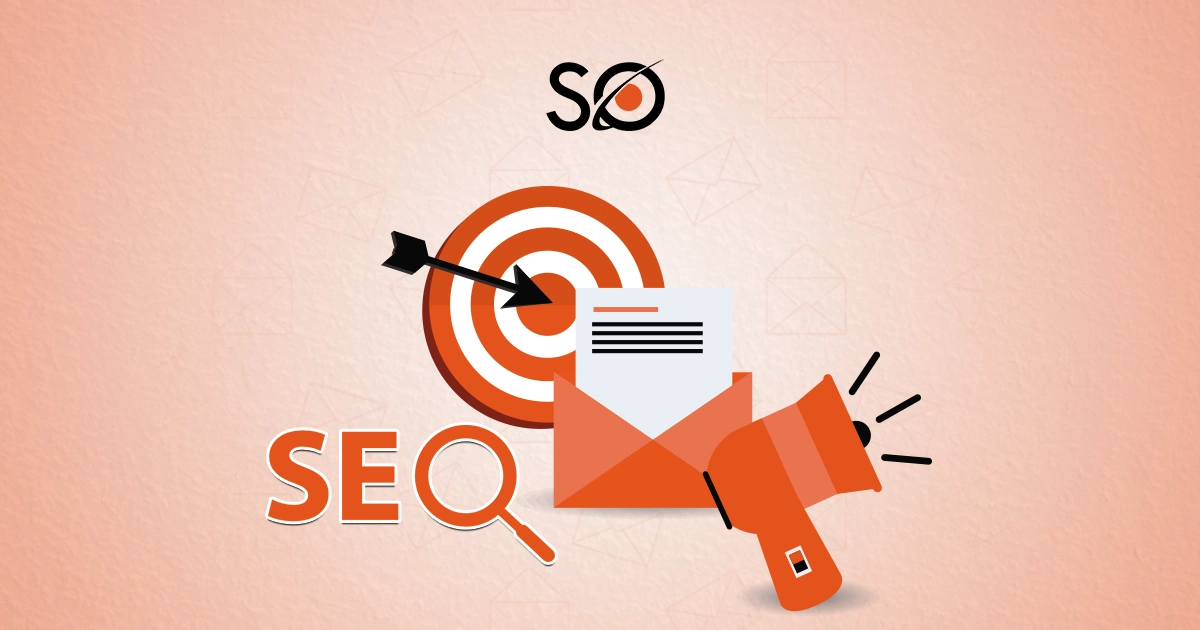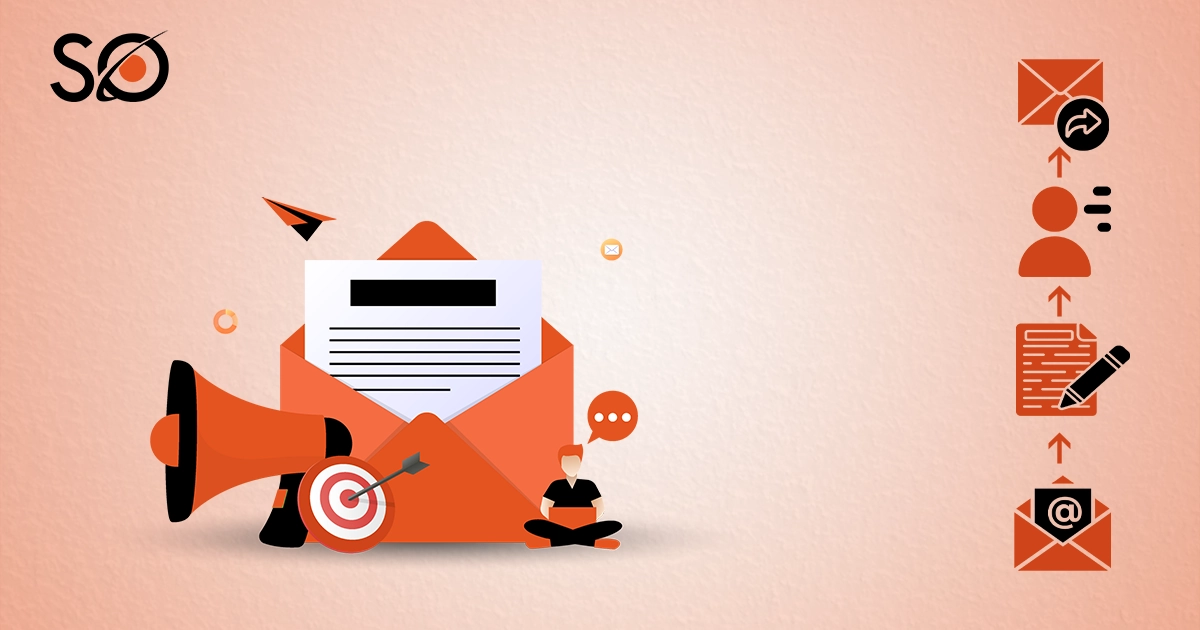In a digital landscape overflowing with fleeting trends, email marketing remains a steadfast titan. It’s your direct line to your audience, offering unparalleled ROI and the power to nurture leads into loyal customers. But simply sending emails isn’t enough. The real magic lies in crafting messages that convert – emails so compelling they not only get opened but also drive meaningful engagement and action. This guide will equip you with proven techniques to transform your email marketing campaigns from mere inbox clutter into conversion powerhouses. We will talk about understanding your audience, writing irresistible subject lines, structuring persuasive body content, and optimizing for peak performance. Get ready to learn how to create email content that truly resonates and delivers results.
Why Email Marketing Still Reigns Supreme for Conversions
Before diving into the “how,” let’s reaffirm the “why.” Despite the rise of social media and other channels, email marketing consistently delivers:
- Unmatched ROI: Studies repeatedly show email marketing offers one of the highest returns on investment compared to other digital marketing strategies.
- Direct Audience Access: You own your email list. Unlike social media algorithms that can change, you have a direct, unfiltered channel to your subscribers.
- Personalization Power: Email allows for deep personalization, making your audience feel understood and valued, which is key for conversion.
- Nurturing Leads: It’s the perfect tool for guiding prospects through the sales funnel, from awareness to decision.
The Foundation: Understanding Your Audience for Maximum Impact
You can’t craft a converting message if you don’t know who you’re talking to.
- Segmentation is Key:
- Don’t blast the same message to everyone. Segment your list based on demographics, purchase history, engagement levels, interests, or position in the sales funnel.
- Example: Send a “welcome series” to new subscribers, a “special offer” to loyal customers, and a “re-engagement campaign” to inactive users.
- Develop Buyer Personas:
- Create detailed profiles of your ideal customers. Understand their pain points, motivations, goals, and challenges. This helps you tailor your language and offers.
- Leverage Data for Personalization:
- Go beyond just using [First Name]. Reference past purchases, browsed items, or content they’ve engaged with. The more relevant the email, the higher the chance of conversion.
Crafting Compelling Subject Lines That Beg to Be Opened
Your subject line is the gatekeeper. No matter how amazing your email content is, if the subject line fails, it won’t be seen.
- Clarity and Conciseness: Get straight to the point. What’s the email about, and what’s in it for them? (e.g., “Save 20% on Your Next Order Today Only!”)
- Urgency and Scarcity: Encourage immediate action. (e.g., “Last Chance: Offer Ends Midnight,” “Only 5 Spots Left!”)
- Curiosity and Intrigue: Pique their interest without being misleading. (e.g., “The One Mistake Most Marketers Make…”)
- Personalization: Include their name or reference something specific to them. (e.g., “John, Your Weekly Marketing Insights Are Here”)
- Benefit-Oriented: Highlight the value they’ll receive. (e.g., “Unlock the Secrets to Higher Conversions”)
- Emojis (Use Wisely): Can add personality and make your email stand out, but ensure they’re relevant and don’t look spammy. Test their rendering across email clients.
- A/B Test Your Subject Lines: This is crucial. Test different approaches to see what resonates most with your audience.
Writing Email Body Content That Converts
Once they’ve opened the email, the body content needs to deliver on the subject line’s promise and guide them toward action.
- Clear and Concise Messaging:
- Use short sentences and paragraphs.
- Break up text with headings, bullet points, and bold text for scannability.
- Get to the point quickly. Respect your reader’s time.
- Focus on Benefits, Not Just Features:
- Instead of saying “Our software has X feature,” explain, “Achieve Y result effortlessly with our X feature.” Answer the “What’s In It For Me?” (WIIFM) question.
- Compelling Storytelling:
- Connect with your audience on an emotional level. Share customer success stories, behind-the-scenes glimpses, or narratives that illustrate the value of your product/service.
- Strong, Clear Call-to-Actions (CTAs):
- Use action-oriented language (e.g., “Shop Now,” “Learn More,” “Download Your Free Guide,” “Book Your Demo”).
- Make CTAs visually distinct (e.g., buttons with contrasting colors).
- Place CTAs strategically – often above the fold and repeated towards the end.
- Limit the number of CTAs to avoid decision paralysis; focus on one primary goal per email.
- Visual Appeal (But Don’t Overdo It):
- Use high-quality images, GIFs, or videos that support your message and brand.
- Ensure a good text-to-image ratio to avoid spam filters and cater to users who have images turned off.
- Always include alt text for images.
- Mobile-First Design is Non-Negotiable:
- The majority of emails are opened on mobile devices. Ensure your emails are responsive and look great on all screen sizes. Use a single-column layout for better readability on mobile.
- Maintain Brand Voice and Consistency:
- Your emails should reflect your brand’s personality. Consistency builds trust and recognition.
Optimizing for Engagement, Deliverability, and Conversion
Crafting the message is just one part; ensuring it reaches the inbox and performs well is equally important.
- A/B Testing Everything: Beyond subject lines, test CTAs (wording, color, placement), email copy, layouts, send times, and sender names.
- Maintain List Hygiene: Regularly clean your email list by removing inactive subscribers, hard bounces, and unengaged contacts. This improves deliverability and engagement rates.
- Monitor Key Metrics:
- Open Rate: Indicates subject line effectiveness.
- Click-Through Rate (CTR): Shows how compelling your content and CTAs are.
- Conversion Rate: The ultimate measure of success – how many recipients completed the desired action.
- Unsubscribe Rate: Can indicate issues with content relevance or frequency.
- Ensure Legal Compliance: Adhere to regulations like CAN-SPAM (US), GDPR (EU), and CASL (Canada). Include an unsubscribe link and your physical address. Get explicit consent.

The “SEO” of Email Content: Thinking Strategically
While emails don’t directly impact your website’s SERP ranking, applying SEO-like principles to your email content can enhance its effectiveness and align with your overall marketing strategy:
- Keyword Consistency: Using keywords relevant to your campaign (e.g., in the subject line, headings, body) helps users quickly identify the email’s purpose within their inbox search and reinforces your campaign’s theme.
- Clear Value Proposition: Just like a meta description entices clicks from SERPs, your email’s opening lines should clearly state the value, encouraging further reading.
- User Experience (UX): Readability, mobile-friendliness, and clear navigation (CTAs) are crucial for both SEO and email engagement. A good user experience keeps people engaged.
- Landing Page Alignment: If your email CTA directs to a landing page, ensure the messaging, keywords, and offer are consistent. This seamless experience improves conversion rates and supports SEO efforts for that landing page.
Crafting email marketing messages that convert is an art and a science. It requires understanding your audience, writing compelling copy, designing for engagement, and continuously optimizing your approach. By implementing these techniques – from irresistible subject lines to clear, benefit-driven content and strong CTAs – you can transform your email campaigns into powerful engines for engagement and revenue. Start putting these strategies into practice today, and watch your conversion rates soar. Remember, the inbox is a privileged space; earn your place there with value and relevance.

